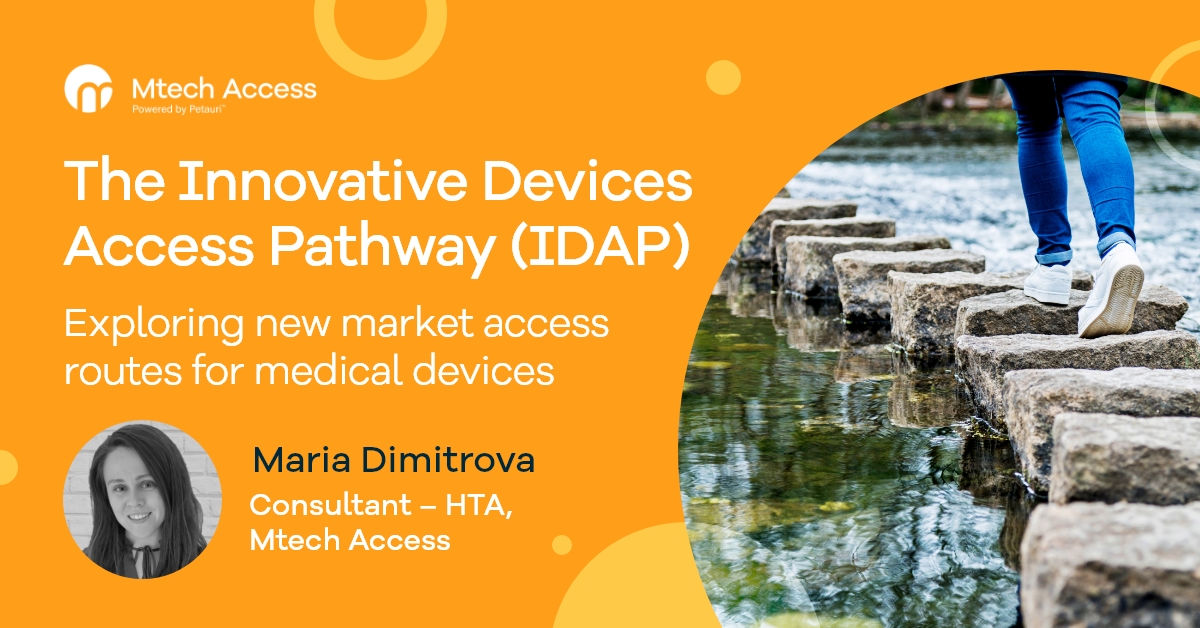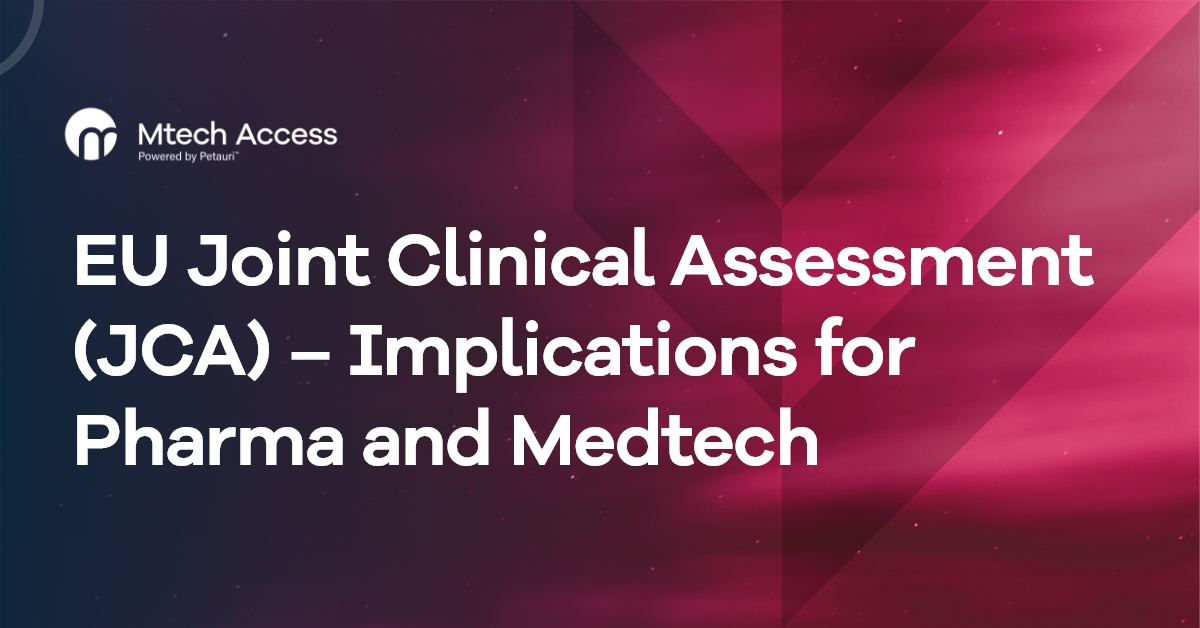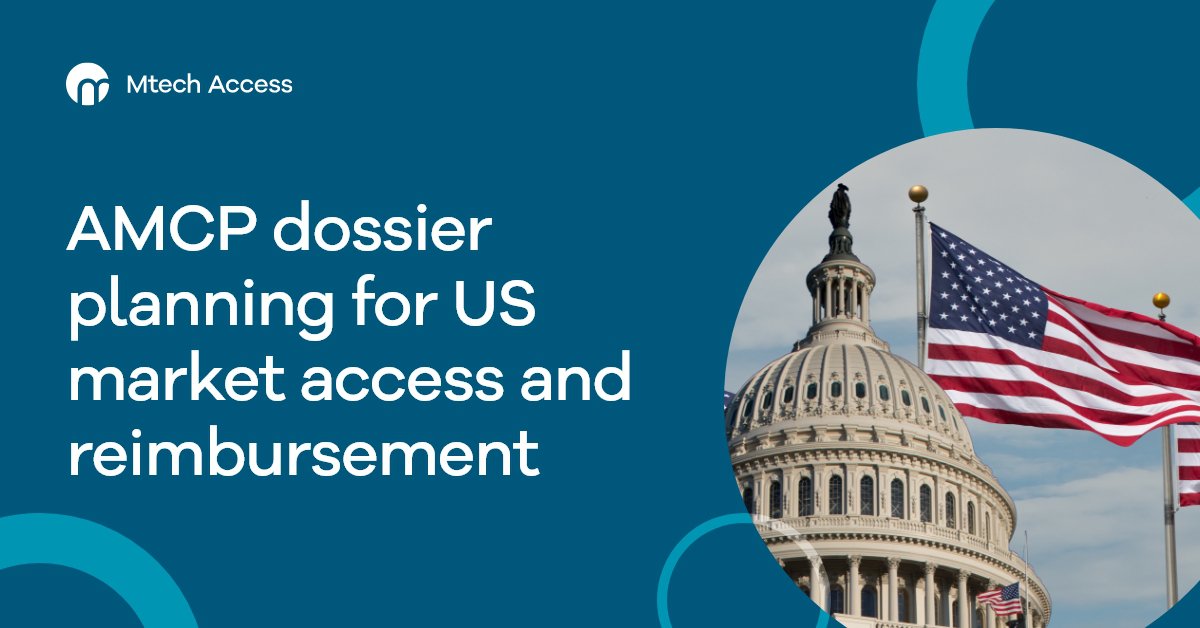Why choose Mtech Access for your HTA submission?
In many key markets, gaining approval by national reimbursement, pricing, or HTA agencies is critical to the commercial success of a new product launch.
We offer a full HTA service delivered in house by our highly experienced team of Market Access Writers, Health Economists, Literature Review Analysts, Medical Statisticians, and Consultants. Our multidisciplinary team delivers quality, consistency, and efficiency for our clients. Our support extends to pharmaceuticals, medical technologies, and diagnostics.
We will become an extension of your team, supporting you in building a robust HTA evidence package and strategy that can withstand scrutiny from any HTA body, optimising the likelihood of successful reimbursement.
High HTA success rates driven by experience
- 170+ HTA submissions†
- 60+ years’ experience between our HTA, Evidence, and Health Economics Directors
- We have team members with previous roles in NICE EAGs and SMC who can provide unique insights
- We have a specialty in oncology and rare disease submissions, with a 100% success rate with UK submissions‡
† Sets include at least one NICE, SMC, or NCPE submission; submissions worked on by Mtech Access team members in current and previous roles.
‡ As of September 2024.
Navigating complex HTA challenges
This expertise enables us to navigate challenges to ensure that all projects run as smoothly as possible, including:
- Complex treatment pathways
- Use of RWE data and/or data from proxy diseases to inform evidence package generation, including ITCs and models
- Single-arm trials and lack of comparative data
- Immature datasets
- Early HTA submissions due to accelerated regulatory timelines (e.g. Orbis Type A, ILAP)
- Tight HTA timelines, producing deliverables in a timely manner for submission
To discuss your HTA support needs with our experts, get in touch using the form below.
Health Technology Assessment (HTA) Support
Discover how we can help you overcome one of the most significant hurdles in market access… the HTA submission.
One of the first challenges faced by those new to HTA can be understanding the array of acronyms used by assessors and experts. We have compiled this list of commonly used acronyms and organisations to help you navigate the world of HTA.
HTA submissions and reimbursement dossiers for key markets
We can support with reimbursement preparations and dossiers for key markets, including:
Our HTA services
We offer a full service, from strategy through to evidence generation, dossier writing, and post-submission support with full project management support for pharmaceutical products, medical devices (including digital health), and diagnostics. This can include:
Strategic and technical evidence review
- Assessment of strengths/weaknesses of the supporting evidence package, building a mitigation strategy and new evidence generation plan
- Multifaceted strategic and technical review of economic models to assess their suitability for the market(s) of interest
- Critical appraisal of systematic reviews (and associated information retrieval methodology) and/or ITCs
- EAG-style review of evidence packages/submission documents
Robust HTA strategy development
- Deep dive into previous HTA submissions in the disease area (or an analogue disease) to identify key learnings
- Assessment of the current treatment pathway and mapping of key relevant comparators
- Strategic advice across the whole HTA process
- Strategy workshops with optional expert consulting panel attendance
Applications for Scientific Advice
- NICE/CADTH (now CDA-AMC) briefing book development
Expert (payers, clinicians, health economists) elicitation
- HTA advisory boards
- Strategy huddles and focus/steering groups
- Structured expert elicitation, e.g. SHELF method, IDEA protocol, NGT, Delphi method
- 1:1 telephone interviews
HTA-standard evidence package generation
- HTA-ready (cost-effectiveness, cost-minimisation, cost-benefit, and budget impact) economic modelling
- Targeted and systematic literature reviews
- Feasibility assessment for evidence synthesis and ITC
HTA submission development
- Full high-quality HTA submission pack, in line with the latest HTA agency guidelines
Post-submission support
- Complete post-submission support, including strategic advice, written responses, and economic and statistical analyses
- Publications support, including abstracts, posters, and oral presentations
HTA committee meeting support
- Mock HTA agency committee meetings with our internal or external experts
- HTA agency committee meeting representation
Articles related to Health Technology Assessment
Market access routes for medical devices: The Innovative Devices Access Pathway (IDAP)
What is IDAP? We explore how this pathway offers a fast-track route to patient access for innovative medical technologies.
EU Joint Clinical Assessment (JCA) – implications for Pharma and Medtech
What is the EU Joint Clinical Assessment (JCA) and what does it mean for market access and reimbursment in Euorpe?…
AMCP dossier planning for US market access and reimbursement
What is an AMCP dossier and how are they used in US market access? Drawing on their extensive experience compiling AMCP dossiers, here, our global market access experts explain when, why and how…














